
Exploring the Future of Aquaponics Greenhouses at the 138th China Import and Export Fair 2025
As the global demand for sustainable agricultural practices continues to rise, the concept of the Aquaponics Greenhouse emerges as a compelling solution. According to a recent market analysis by Allied Market Research, the aquaponics market is projected to reach $1.5 billion by 2025, reflecting a significant increase in interest and implementation of this innovative farming method.
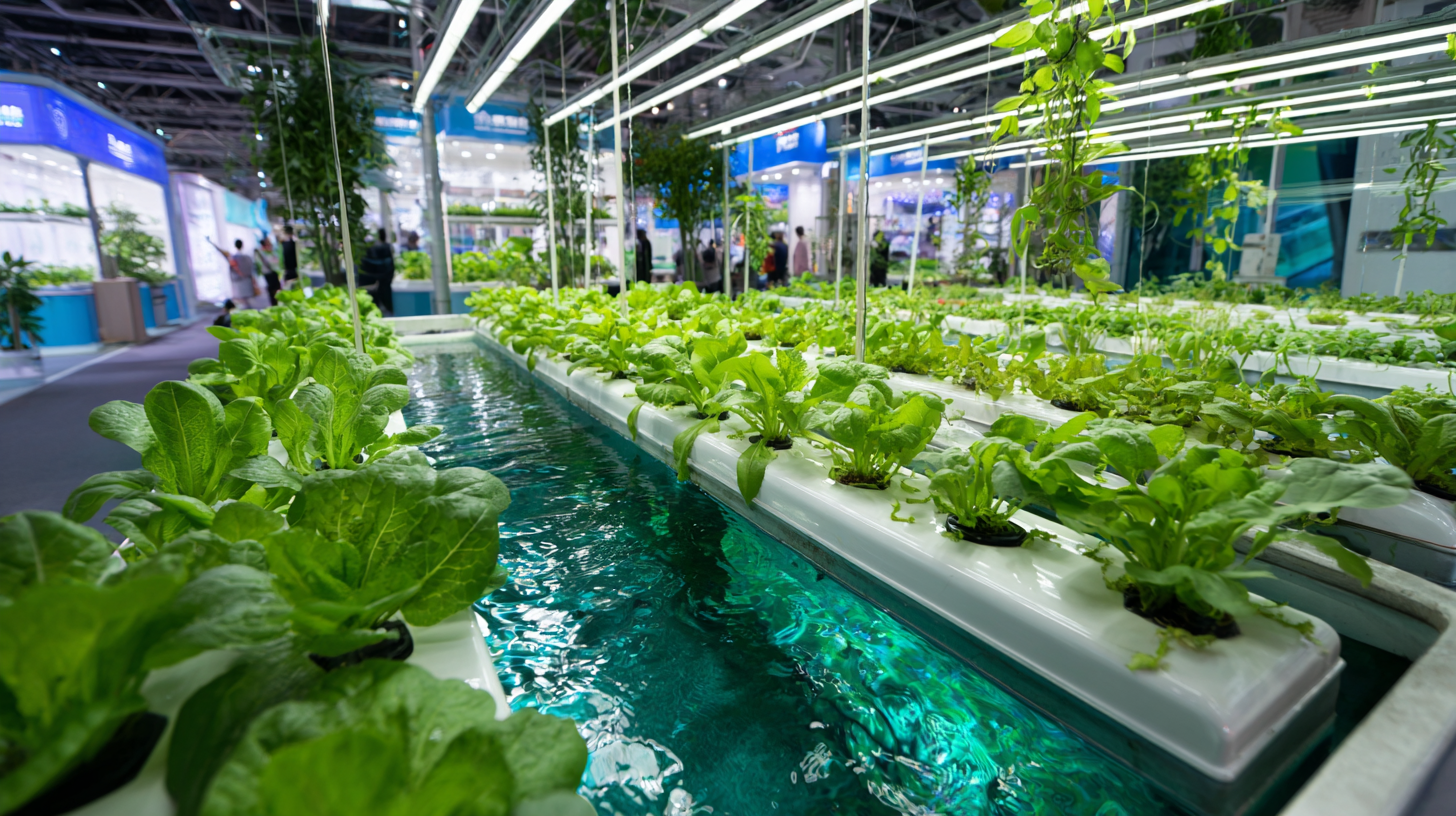
The 138th China Import and Export Fair in 2025 will serve as a pivotal platform for showcasing advancements in Aquaponics Greenhouses, which combine aquaculture and hydroponics to create a symbiotic environment for both fish and plants. This method not only conserves water but also enhances crop yield and quality, aligning with the global push towards eco-friendly practices.
With China's strong emphasis on sustainable development and agro-technology, the fair offers an unprecedented opportunity for industry stakeholders to explore the future of Aquaponics Greenhouses and their potential impact on food security and environmental sustainability.
Innovative Aquaponics Technologies Showcased at 138th China Import and Export Fair
The 138th China Import and Export Fair 2025 is set to unveil groundbreaking innovations in aquaponics technologies, showcasing a blend of sustainable practices and cutting-edge science. As the world grapples with food security challenges, aquaponics presents an eco-friendly solution by combining aquaculture and hydroponics, allowing for efficient resource use and minimal environmental impact. Exhibitors at this prestigious event will highlight advanced systems that integrate fish farming with plant cultivation, creating a symbiotic environment where both can thrive.
Attendees will have the opportunity to witness the latest advancements in aquaponics, including automated monitoring systems, energy-efficient designs, and scalable technologies suitable for urban farming. Demonstrations will feature real-time data analytics to optimize growth conditions, ensuring higher yields and healthier crops. With the increasing interest in sustainable agriculture, the innovations presented at this fair will play a pivotal role in shaping the future of food production, encouraging the adoption of aquaponics as a viable alternative to traditional farming practices. The spotlight on these technologies at the fair underscores their potential to revolutionize agricultural practices and contribute to a greener planet.
Exploring the Future of Aquaponics Greenhouses at the 138th China Import and Export Fair 2025 - Innovative Aquaponics Technologies Showcased
| Technology | Description | Benefits | Sustainability Impact | Target Market |
|---|---|---|---|---|
| Automated Nutrient Monitoring | Real-time monitoring system for nutrient levels in aquaponic systems. | Increases crop yield and reduces labor costs. | Minimizes waste and optimizes resource use. | Commercial farms and research institutions. |
| LED Grow Lighting Systems | Energy-efficient lighting designed for aquaponics. | Enhances plant growth and reduces energy consumption. | Significantly lowers carbon footprint. | Urban farms and home growers. |
| Integrated Pest Management (IPM) | A holistic approach to managing pests within aquaponics. | Reduces pesticide use and promotes ecosystem health. | Encourages biodiversity and natural pest control. | Organic farms and sustainability-focused businesses. |
| Climate Control Technologies | Advanced systems to regulate temperature and humidity levels. | Improves overall growing conditions and product quality. | Reduces energy usage and enhances climate resilience. | Large-scale aquaponics producers and research facilities. |
| Vertical Farming Solutions | Vertical systems designed for space-efficient aquaponics. | Maximizes space and can be implemented in urban areas. | Promotes sustainable land use and food security. | Urban planners and agricultural innovators. |
Sustainable Practices in Aquaponics: A Focus on Greenhouse Efficiency
The 138th China Import and Export Fair in 2025 is set to spotlight innovative practices in aquaponics, particularly emphasizing greenhouse efficiency. Aquaponics, a sustainable farming method integrating aquaculture and hydroponics, has witnessed significant advancements, especially in greenhouse settings. According to the latest report by MarketsandMarkets, the global aquaponics market is expected to reach USD 1.5 billion by 2025, growing at a CAGR of 13.3% from 2020. This growth is driven by a rising demand for sustainable farming practices that conserve water and space while maximizing productivity.
Greenhouse efficiency in aquaponics can significantly reduce environmental impact. Recent studies indicate that aquaponics systems use up to 90% less water than traditional farming methods, making them particularly vital in water-scarce regions. Furthermore, the integration of advanced technologies such as smart sensors and automated nutrient delivery systems enhances plant growth rates and reduces resource waste. As interest in sustainable practices deepens among consumers and producers alike, the role of aquaponics greenhouses is becoming increasingly crucial in redefining modern agriculture for a more sustainable future.
Greenhouse Efficiency in Aquaponics
Networking Opportunities for Aquaponics Entrepreneurs and Investors
The 138th China Import and Export Fair 2025 presents an exceptional platform for aquaponics entrepreneurs and investors to connect and collaborate. With the rising interest in sustainable agriculture, this event offers unique networking opportunities for those involved in the aquaponics industry. Entrepreneurs can showcase their innovative technologies and practices while engaging with like-minded individuals who share a passion for eco-friendly farming solutions.
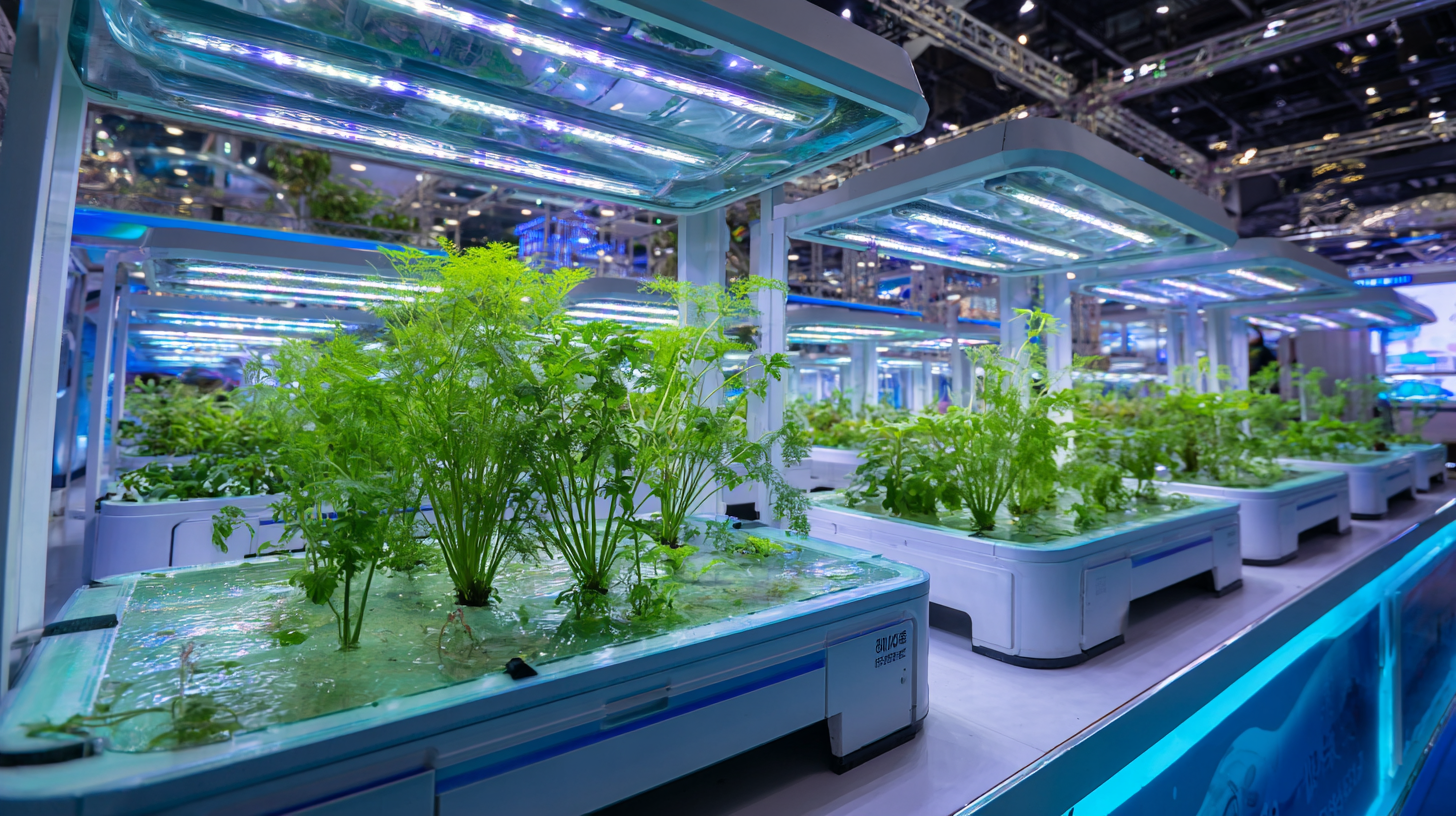
In this vibrant setting, investors can discover the latest advancements in aquaponics, evaluating potential opportunities for growth and development. The fair fosters an environment conducive to building strategic partnerships, sharing insights, and exploring funding avenues that can propel new ventures. As the world increasingly turns towards sustainable solutions, the synergy created among entrepreneurs and investors at this fair could play a crucial role in shaping the future of aquaponics greenhouses, ensuring a viable and profitable agricultural model for years to come.
Future Trends in Aquaponics: Market Demand and Growth Potential
The marine tourism industry is poised for substantial growth, offering favorable trends that will support the aquaponics market over the coming years. As global interest in sustainable practices increases, the intersection of marine tourism and aquaponics is gaining attention. According to various market reports, the aquaculture sector is projected to expand significantly, with the farmed shrimp market expected to grow from a valuation of $49.32 billion in 2024 to $68.17 billion by 2032, indicating a robust annual growth rate of 4%. This growth reflects a rising demand for sustainable seafood options, which aligns with the goals of both aquaponics and marine tourism.
Furthermore, the establishment of infrastructure, such as the world's first large-scale land-based salmon farming facility, underscores the shifting dynamics in seafood production. The synergy between aquaponics systems and marine tourism can create unique experiences that attract environmentally conscious travelers, driving demand for locally sourced aquatic products. This trend is further supported by the increasing consumer emphasis on traceability and sustainability in food sourcing, which enhances the market's appeal as tourists seek authentic and eco-friendly culinary experiences. As the marine tourism sector continues to flourish, these developments will surely bolster the growth potential of aquaponics, providing an efficient and sustainable way to meet burgeoning seafood demands.
Educational Workshops on Aquaponics Implementation and Best Practices
As the 138th China Import and Export Fair approaches in 2025, the focus on aquaponics greenhouses is set to intensify, especially through a series of educational workshops aimed at implementing and optimizing best practices in this sustainable agriculture method. Aquaponics, a synergistic technique that combines aquaculture and hydroponics, is gaining traction—projected to grow at a CAGR of 10.3% from 2021 to 2028, according to a recent market analysis. These workshops will equip participants with the essential skills and knowledge to establish efficient aquaponics systems, addressing both technical and environmental considerations.
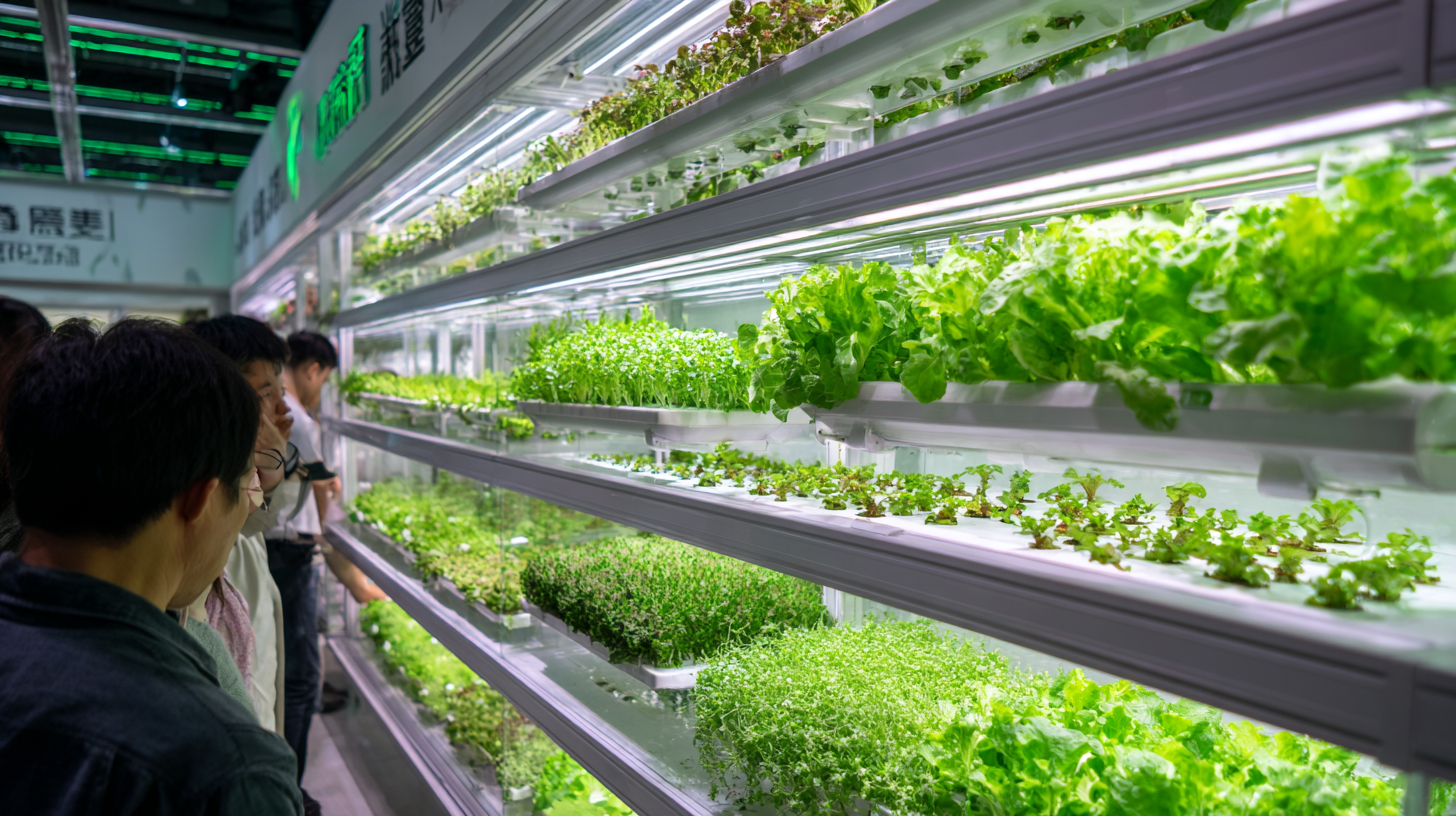
Tips for success in aquaponics include starting small and gradually scaling up as you gain experience. It's essential to monitor water quality closely; studies show that maintaining optimal pH levels and nutrient balances can significantly enhance plant growth and fish health. Additionally, participants will learn about integrating local species of fish and plants that are suited to their climate, fostering a more resilient and productive environment.
Throughout these workshops, attendees will also examine case studies of successful aquaponics operations, emphasizing data-driven results. Reports indicate that aquaponic systems can produce up to three times more food per square foot than traditional farming methods while using 90% less water. With these practices, future aquaponics greenhouse projects can be both profitable and ecologically sustainable.
Related Posts
-
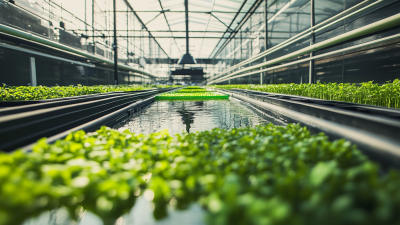
8 Innovative Strategies for the Best Aquaponics Greenhouse Success
-
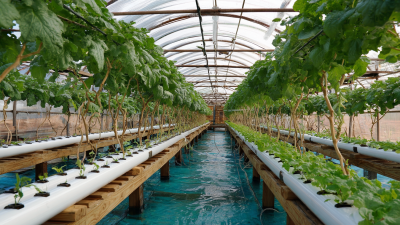
Unlocking the Advantages of the Best Aquaponics Greenhouse for Sustainable Farming Practices
-

7 Unique Benefits of Using Aquaponics System for Sustainable Farming
-

The Ultimate Checklist for Choosing the Perfect Industrial Greenhouse Design
-

10 Amazing Reasons Why Agricultura Greenhouse Increases Crop Yields by 50 Percent
-

7 Reasons Why Blackout Greenhouses Are Revolutionizing Controlled Environment Agriculture
